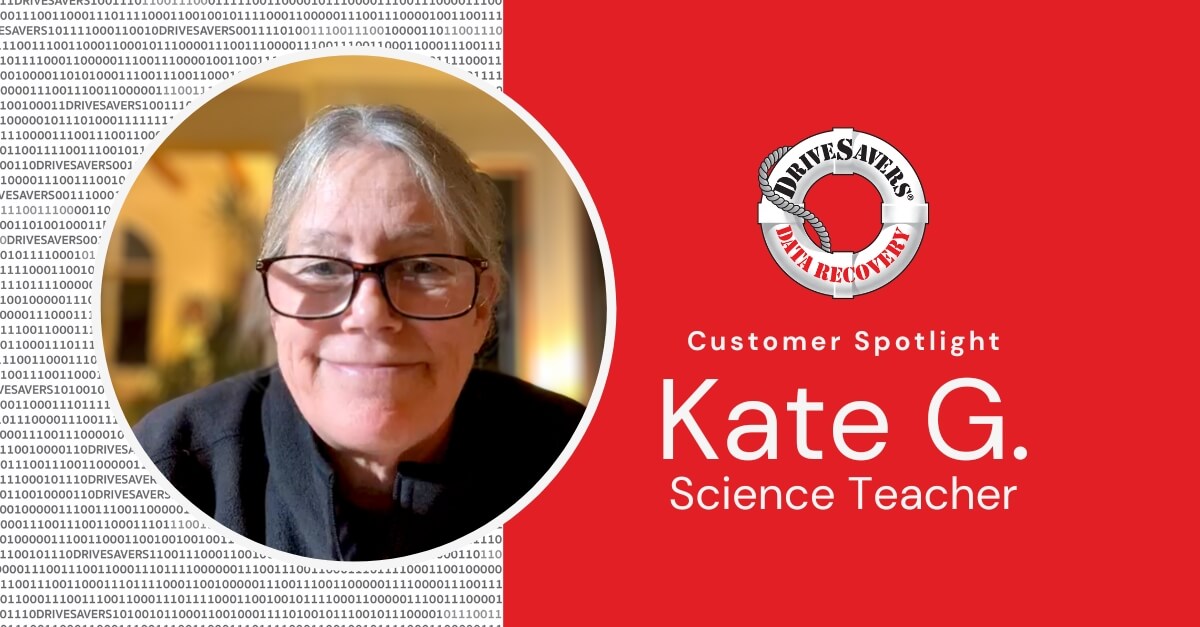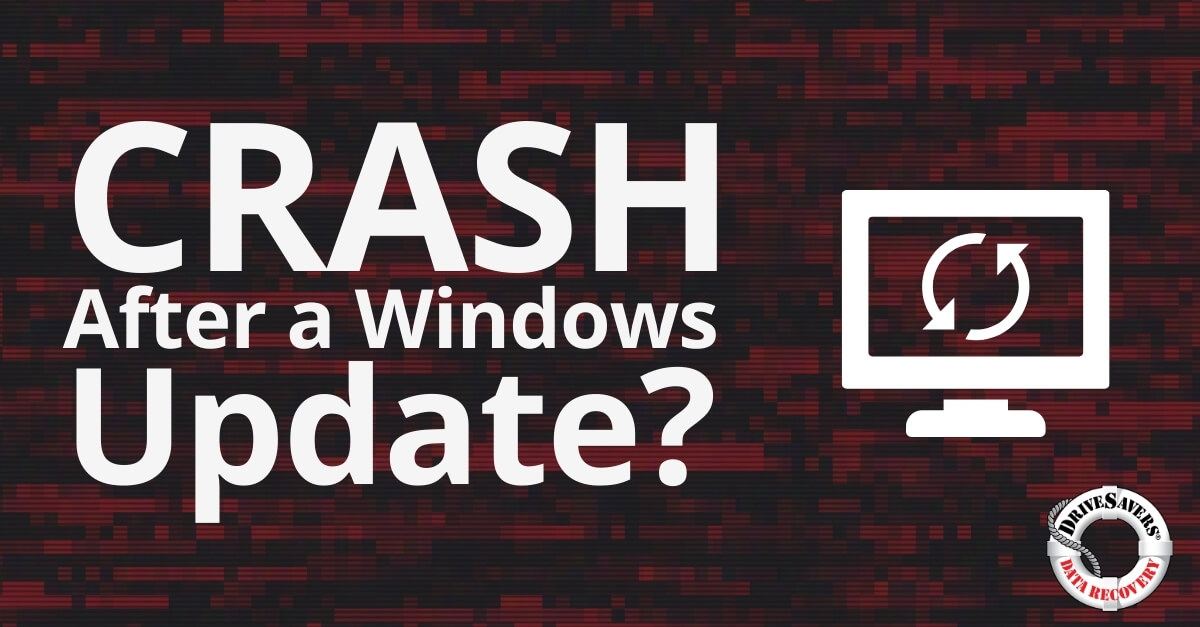Discover how DriveSavers recovered precious photos from Kate Grinberg's failed external hard drive.
How to Eliminate Website Spam on Your Blog or Forum

Spam. No, we’re not talking about the meat-like delicacy from yesteryear. We’re talking about the annoying, invasive, tenacious, unfortunate byproduct of the internet that has been wreaking havoc on perfectly good websites for years.
Spam, much like the food product (depending on your tastes), is unwanted and comes in many varieties from emails to website ads to popups. But they all have one thing in common: they’re advertisements.
The birth of website spam
The first spam message was sent in 1978 when the foundation of the internet was new and still evolving. Fast forward to the 1990s, and spam exploded. Spam popped up mostly in emails back then, but like a bad flu bug it didn’t take long for this annoyance to morph into other forms, permeating websites in addition to our inboxes.
Given the technological advances since the 90s, and humanity’s utter disdain for unsolicited advertisements, you could reasonably have assumed website spam wouldn’t be much of an issue by now. Bill Gates predicted the very same thing in 2004. He believed spam would be a relic of the past by 2006. He was wrong. So very, very wrong.
Spam accounts for 85 percent of emails sent, which means more than 416 billion spam emails are sent across the globe every day. And these numbers don’t take pop-up ads or other website spammers into account.
Some researchers have observed website spammer bots attempting to spam a website as frequently as once per second. Some blogs have fought off up to 45,000 consecutive attempts at spamming … more than 12.5 hours tying up your website and severely slowing down function for real users.
All told, spam steals hours of our time, money from our pockets, data from our devices and more. As a forum owner, you’ve got to learn how to stop spam websites before they completely infiltrate your site. Here’s how.
No comment
Disabling comments may seem a bit unorthodox since many people believe the right to comment is the same as the right to an opinion. But real users shouldn’t care about not being able to comment. They should understand and appreciate your effort to keep website spam off your blog.
But what if you’re running a forum? In that case, the entire premise of your website is contingent on people commenting on your content. But there are solutions for that scenario as well.
Outsource comments
If you run a blog or forum you might think you’re stuck, because you can’t simply shut down all comments. No worries. There are third party commenting applications built just for this purpose.
These applications moderate and monitor comments coming in, preventing a website spammer from overwhelming your comment section. This allows room for authentic conversation. And that’s what the forum is there for, right?
There are several companies to choose from that provide this service including Disqus, LiveFyre, Facebook and Google. Sounds like the perfect solution, right? Well, there is a downside. Some forum owners notice users are less likely to engage when they see the comment feature is provided by a third party. What’s more, you won’t own the content generated by comments. These might not be deal-breakers for you, but they’re definitely food for thought.
Pay up and plugin
If you don’t want to use a third-party comment service, but still want to automatically filter spam, you can pay for a website spam filter. When you use a website spam filter, users aren’t put off by a third party, and there’s still plenty of tech at work to prevent website spam from infiltrating your blog or forum.
Many successful bloggers recommend using Jetpack’s Akismet Spam Filtering. The service comes at a cost, but when you consider Jetpack’s ability to filter 99.8 percent of spam, the cost is well worth the return. Whatever you choose, protecting yourself from spam websites is always a good investment.
Pay attention to geography
A third of blog and website spam comes from China. So unless your content is relevant or specifically targeted to a Chinese audience, consider blocking incoming traffic from China. You’ll eliminate a large portion of website spammers.
Russia and the Ukraine are also big spam offenders, accounting for about 9 percent of total spam attacks each. You should also consider blocking comments originating from these countries as well—but again only if your content isn’t relevant to those audiences. Because once you’ve taken care of the traffic from Chinese, Russian and Ukrainian sources, you’ve removed about half of all website spam sources.
Block IP Addresses
There are a few services that maintain a block list of known IP addresses for website spammers. Some make you pay to access the list, but others provide the information for free. Use this resource, even if you have to pay!
Blocking IP addresses of known website spam sources gets to the root of the problem by eliminating the source.
Don’t hold out hope for website spam to simply fizzle out and go away. Spam is a billion-dollar business that’s here and here to stay. Advertising this way has been thriving for decades, and as long as people are computing there will be spam.
Yes, website spam is annoying and cumbersome. But many people don’t realize the dangers posed by spam. Spam can bring a whole host of viruses, malware and more to your doorstep. In many cases, these attacks result in data loss.
Don’t fall victim to website spam. If you do lose data as the result of a spammed malware or virus attack, contact a data recovery professional right away to get your data back fast!



